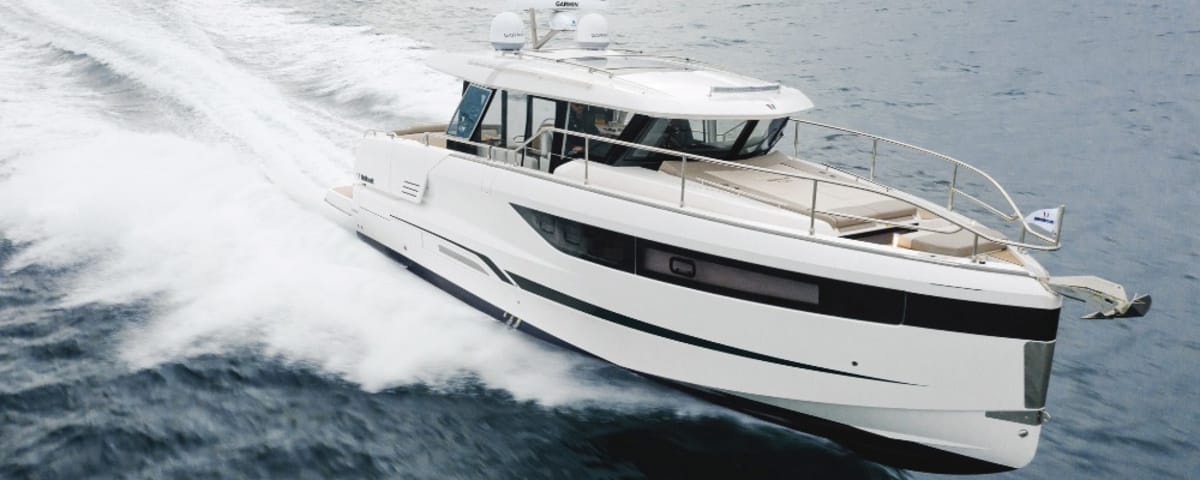Understanding AIS: From Professional Use to Recreational Boating
Automatic Identification System (AIS) technology, primarily designed to enhance safety for commercial vessels, is increasingly relevant for recreational boaters. While mandatory for certain merchant ships, AIS is optional for pleasure craft, yet many boat owners are choosing to equip their vessels with it.
AIS Classes Explained
Vessels required to have AIS use Class A transponders, which are both transmitters and receivers. For those not mandated to have AIS, Class B devices are available, which can be either transponders or simple receivers. AIS operates on VHF frequencies, enabling equipped vessels to automatically broadcast their position, heading, speed, name, MMSI number, destination, and other crucial information. This data is received and displayed by AIS receivers on other vessels.
These receivers can be standalone units (black boxes) or integrated into chart plotters, microcomputers, or VHF radios. Target vessels are represented on the screen as ship-shaped icons. Clicking on an icon reveals the transmitted information.
AIS for Recreational Boating: Receiver vs. Transponder
A standalone receiver can be a black box or a device with its own screen. To access information from a black box receiver, it must be connected to a compatible display device, such as a chart plotter or computer. This setup allows users to view all data transmitted by other vessels.
A transponder combines a receiver and a transmitter in a single unit, allowing boaters to both receive information and broadcast their own vessel’s data. Transponders are available as black boxes with wired or Wi-Fi connectivity, or as dedicated devices. Some fixed and handheld VHF radios now include built-in AIS receivers and GPS, with some fixed models even offering Class B transceivers. The primary limitation of integrated units is the small screen size for displaying information.
Antenna Options: Independent Antenna or Splitter
AIS utilizes VHF frequencies, so it requires a VHF antenna to receive or transmit data. Many boats already have a VHF antenna installed. To avoid installing a second antenna, a splitter can be used. Some receivers and transponders have a built-in splitter, allowing a single antenna to be shared between the VHF radio and the AIS unit. The antenna connects to the receiver or transponder, which then has an output for connecting the VHF radio. If a built-in splitter is not available, an external splitter is required. These small devices have one input for the VHF antenna and two outputs, one for the VHF radio and one for the AIS unit.
Equipping Your Boat with AIS
AIS is a valuable safety tool. A simple receiver allows you to receive information from vessels equipped with transmitters, enabling you to monitor their course and speed and avoid potential collisions. A transponder offers the added benefit of broadcasting your own vessel’s information.
Simple receivers start at around 300 euros, while transponders begin at approximately 600 euros. A splitter, if needed, adds about 280 euros to the cost.
For a VHF radio with integrated AIS and GPS, expect to pay around 500 euros. Handheld VHF radios with AIS (receiver)/DSC cost about 400 euros. The benefits of having a VHF radio on board are well-established. Newer models with DSC and AIS provide even greater safety features. In many regions, a fixed VHF radio is mandatory beyond 6 nautical miles from the coast, and a waterproof handheld model and an EPIRB are required beyond 60 nautical miles.
Enjoyed this post by Thibault Helle? Subscribe for more insights and updates straight from the source.


